Nestled in the heart of Banff National Park, the Banff Upper Hot Springs offers a rejuvenating escape surrounded by the stunning Canadian Rockies. Located at 1,585 meters (5,200 feet) above sea level, it’s the highest operating hot spring in Canada, drawing over 300,000 visitors annually to its mineral-rich waters. Open daily from 10 a.m. to 10 p.m., this historic site features a restored 1930s bathhouse, breathtaking views of Mount Rundle, and water temperatures maintained between 37°C and 40°C (98°F to 104°F). Whether you’re seeking relaxation after a day of hiking or a unique winter soak with snow-capped peaks as your backdrop, this guide provides a comprehensive Banff Upper Hot Springs overview to plan your visit.
First discovered in 1883 by Canadian Pacific Railway workers, the springs sparked the creation of Canada’s first national park. Today, they blend natural beauty with modern amenities like accessible change rooms, a café, and rental options for swimsuits and towels. Transit via ROAM Route 1 is recommended due to limited parking, and a Parks Canada pass is required for entry. This detailed guide breaks down everything you need to know—from costs and accessibility to seasonal tips—ensuring you make the most of your trip to this iconic destination.
Why Visit Banff Upper Hot Springs?
The Banff Upper Hot Springs isn’t just a pool; it’s an experience steeped in history and natural wonder. Visitors flock here for the therapeutic waters, the jaw-dropping scenery, and the chance to unwind in a setting that’s been a draw since the 1880s. Below, I’ve compiled a list of compelling reasons to add this spot to your itinerary.
Top 10 Reasons to Explore Banff Upper Hot Springs
- Historic Significance: Discovered in 1883, it led to the establishment of Banff National Park, Canada’s first.
- Elevation Wow Factor: At 1,585 meters, it’s the highest hot spring in Canada, offering unparalleled views.
- Mineral-Rich Waters: Soak in natural waters packed with sulfate, calcium, and magnesium for a health boost.
- Year-Round Access: Open daily from 10 a.m. to 10 p.m., including holidays, it’s a reliable stop any season.
- Scenic Beauty: Gaze at Mount Rundle and the Rundle Range while soaking in the outdoor pool.
- Affordable Entry: Adults pay $17.50 CAD, kids $15.25, with free entry for infants under 3.
- Convenient Amenities: Enjoy modern change rooms, lockers, and a café right on-site.
- Winter Magic: Snow falling around the warm pool creates a surreal, enchanting vibe.
- Accessibility: Wheelchair-friendly facilities ensure everyone can enjoy the experience.
- Proximity to Banff: Just a 10-minute drive or bus ride from downtown Banff, it’s easy to reach.
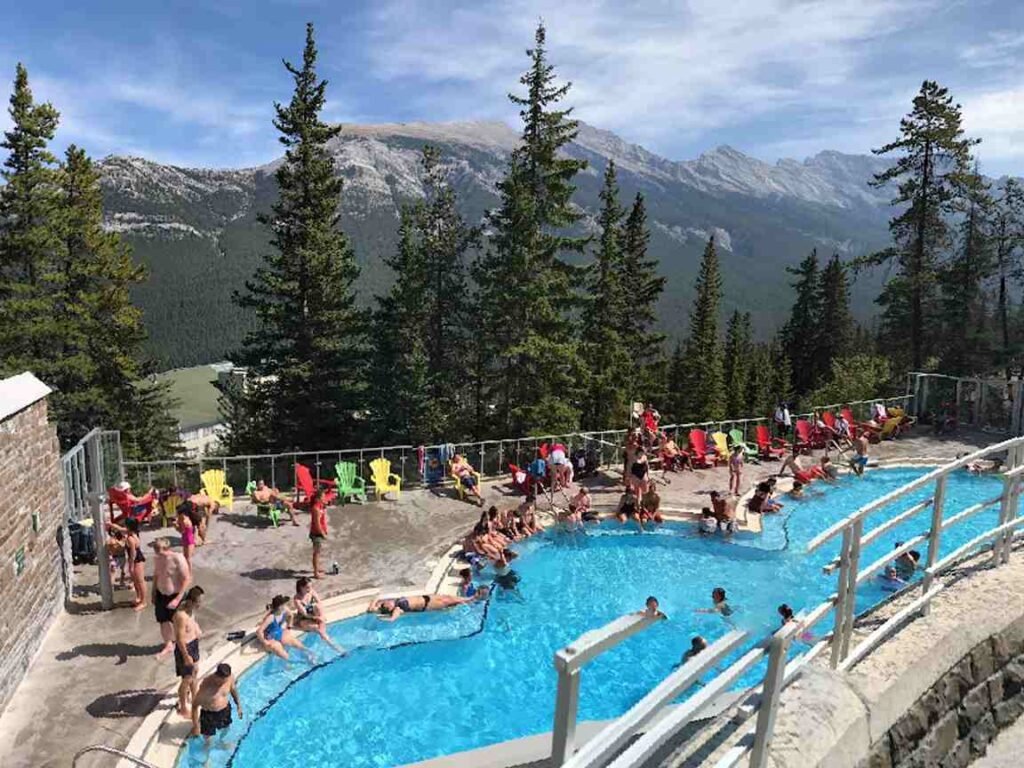
How to Get to Banff Upper Hot Springs
Getting to the hot springs is straightforward, but planning ahead can save you time and hassle. Here’s a detailed breakdown of your options.
Transportation Options to Banff Upper Hot Springs
| Method | Details | Pros | Cons |
|---|---|---|---|
| Driving | From Banff, take Banff Ave, turn onto Spray Ave, then Mountain Ave (10 min). | Flexible timing | Limited parking, fills quickly |
| Public Transit | ROAM Route 1 bus from downtown Banff, $2/adult, runs every 20 minutes. | Affordable, eco-friendly | Short uphill walk from stop |
| Biking | 3.6 km ride up Mountain Ave from Banff townsite with wide shoulders. | Scenic, active option | Uphill climb |
| Walking | 1-hour uphill trek from downtown Banff along Mountain Ave. | Free, great exercise | Steep, not continuous path |
Tip: I took the ROAM bus last summer, and it was a breeze—cheap, quick, and no parking stress. If you’re driving, arrive early or late to snag a spot.
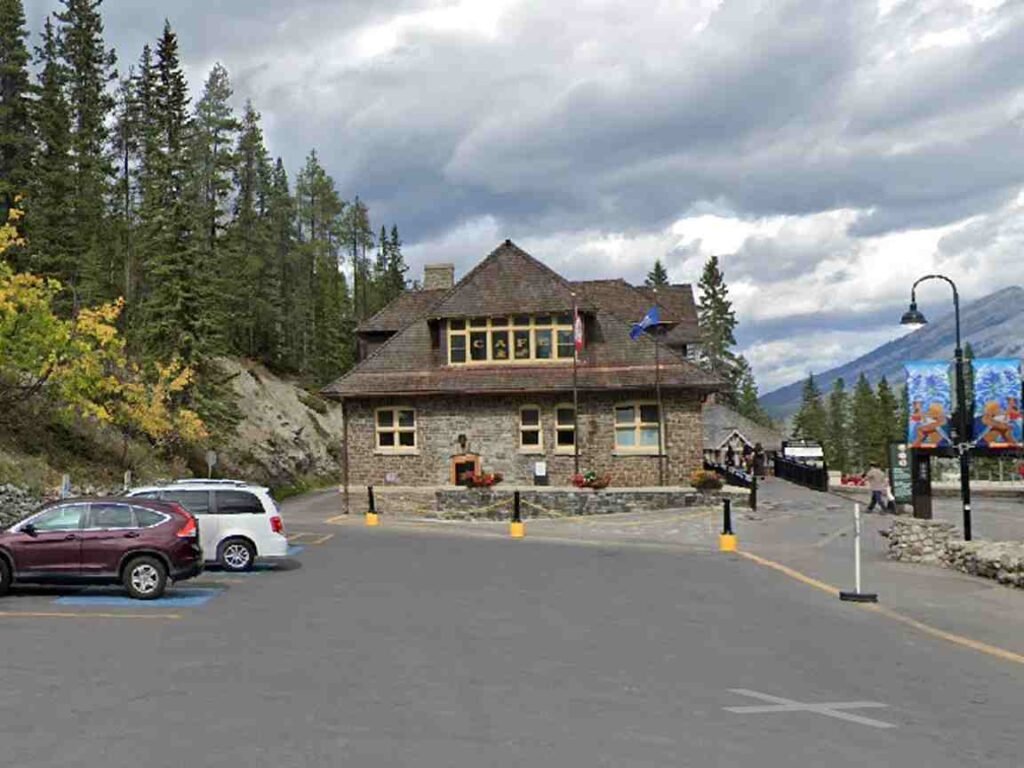
Costs and Tickets: What to Expect
Understanding the pricing structure helps you budget your visit. Entry is first-come, first-served, with no online tickets available—purchase at the reception.
Banff Upper Hot Springs Admission Fees
| Category | Price (CAD) | Notes |
|---|---|---|
| Adult (18+) | $17.50 | Standard single entry |
| Child (3-17) | $15.25 | Must be with an adult if under 13 |
| Infant (0-2) | Free | Swim diapers required (available for sale) |
| Family (Max 2 adults) | Varies | Discount for 4 family members |
| 3-Entry Pass | Varies | Valid for 5 days, transferable |
| 4-Entry Pass | Varies | Valid for 7 days, transferable |
Additional Costs
- Locker Token: $1 (one-time use, so pack light).
- Swimsuit Rental: $2–$3 (vintage 1920s styles available—super fun!).
- Towel Rental: $2–$3.
- Parks Canada Pass: Required for park entry (day pass or Discovery Pass).
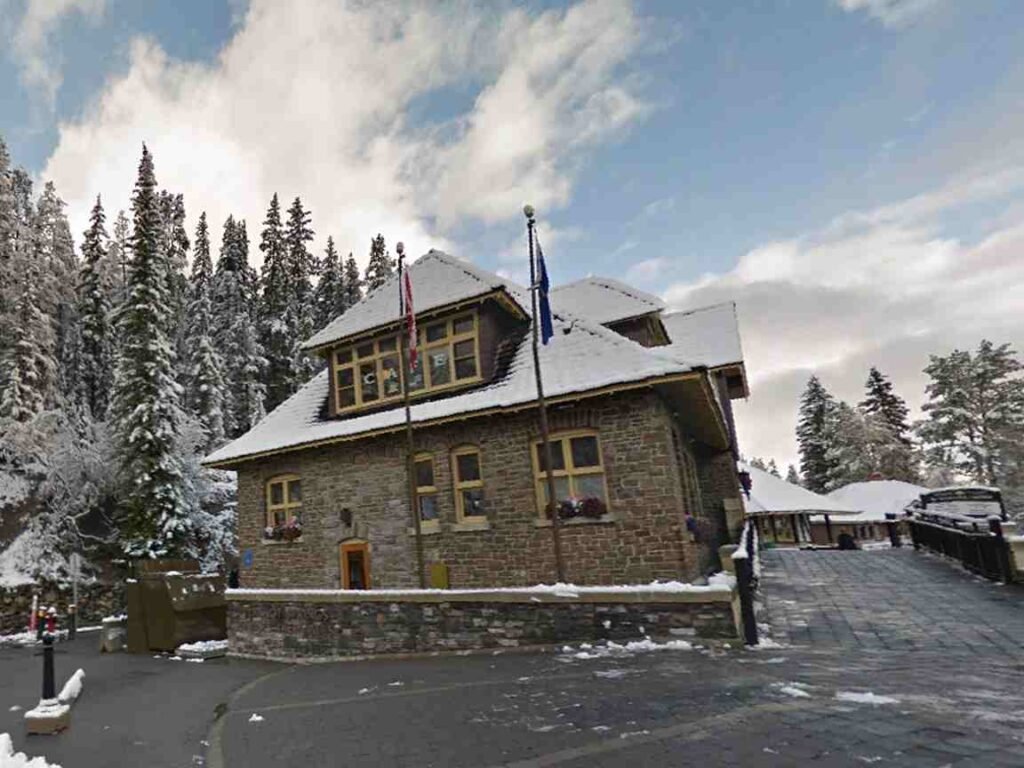
What’s Inside: Facilities and Amenities
The Banff Upper Hot Springs combines heritage charm with practical amenities. Here’s what you’ll find once you step inside.
Key Facilities at Banff Upper Hot Springs
- Outdoor Hot Pool: Kidney-shaped, 2–4.7 feet deep, kept at 37–40°C.
- Change Rooms: Men’s, women’s, and gender-neutral accessible options with showers and lockers.
- Café: Upper-level spot for coffee, meals, or ice cream post-soak.
- Gift Shop: Pick up souvenirs or forgotten essentials like swimwear.
- Pool Deck: Features red chairs for summer lounging and mountain views.
- Heritage Bathhouse: A 1930s federal heritage building, last renovated in the 1990s.
Personal Note: The enclosed water ramp from the change room to the pool was a game-changer—no shivering in the cold before hopping in!
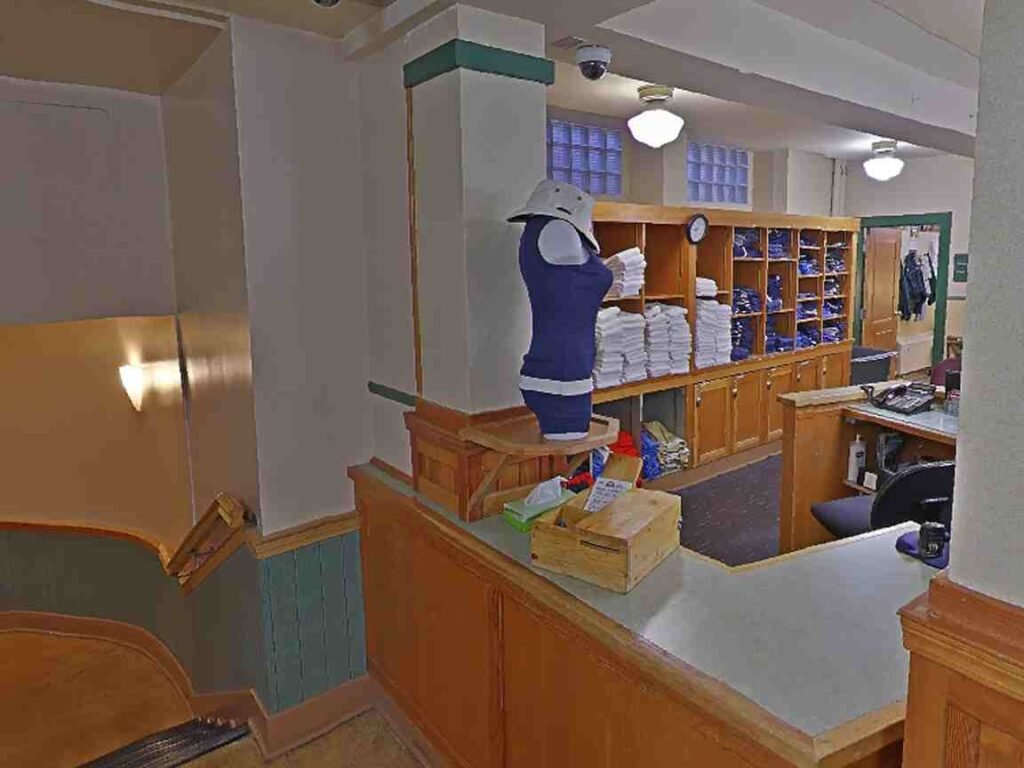
Best Times to Visit Banff Upper Hot Springs
Timing your visit can make or break your experience. Crowds peak in summer and winter, but there are quieter windows if you plan smartly.
Seasonal Breakdown: When to Go
| Season | Hours | Experience | Crowd Level |
|---|---|---|---|
| Summer (May–Sep) | 9 a.m.–11 p.m. | Warm weather, longer hours, busy weekends | High |
| Winter (Oct–Apr) | 10 a.m.–10 p.m. | Snowy ambiance, magical contrast with heat | Moderate to High |
| Spring/Fall | 10 a.m.–10 p.m. | Fewer crowds, milder weather | Low to Moderate |
Insider Tips for Avoiding Crowds
- Early Morning: Hit the 10 a.m. opening for a peaceful soak.
- Late Evening: Visit after 8 p.m. when day-trippers head out.
- Weekdays: Tuesdays often see the lightest traffic.
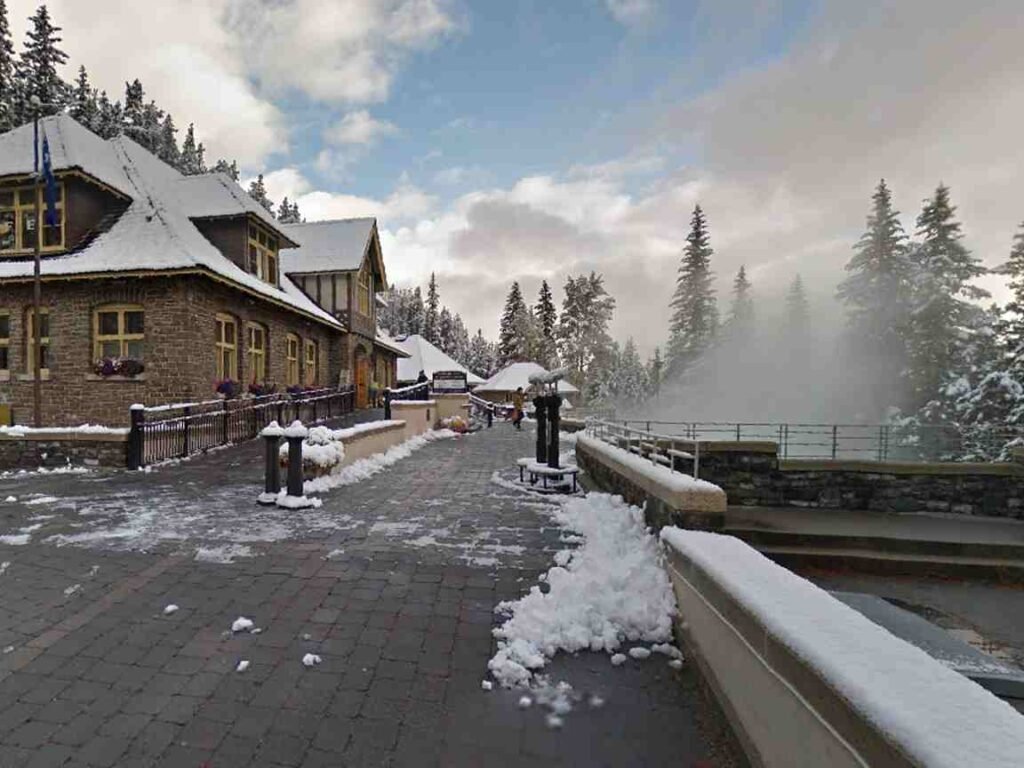
What to Bring to Banff Upper Hot Springs
Packing the right gear ensures a smooth visit. Here’s a handy checklist based on my own trips and common advice.
Must-Have Items for Your Visit
- Swimsuit: Bring your own or rent a retro one on-site.
- Towel: Rentals available, but I prefer my quick-dry travel towel.
- Flip-Flops: Floors can get slippery—don’t forget these!
- Water Bottle: Stay hydrated, especially after a long soak.
- Change of Clothes: Keep warm and dry post-dip, especially in winter.
- Parks Canada Pass: Required for park access.
- Cash: For rentals or café purchases (cards accepted too).
- Swim Diapers: Mandatory for kids under 3 or incontinent visitors.

The Hot Springs Experience: What It’s Like
Wondering what it feels like to soak here? Let me walk you through it. The water’s warmth hits you instantly, easing any tension from a day of exploring. The pool’s not huge—capacity is 200—but it rarely feels cramped if you time it right. Steam rises in winter, and the mountain views are unreal year-round.
Sensory Highlights
- Temperature: Ranges from 37–40°C, posted daily at the entrance.
- Smell: A faint sulfur scent, not overpowering.
- Views: Mount Rundle looms large, with jagged peaks all around.
- Vibe: Relaxed yet lively, with a mix of locals and tourists.
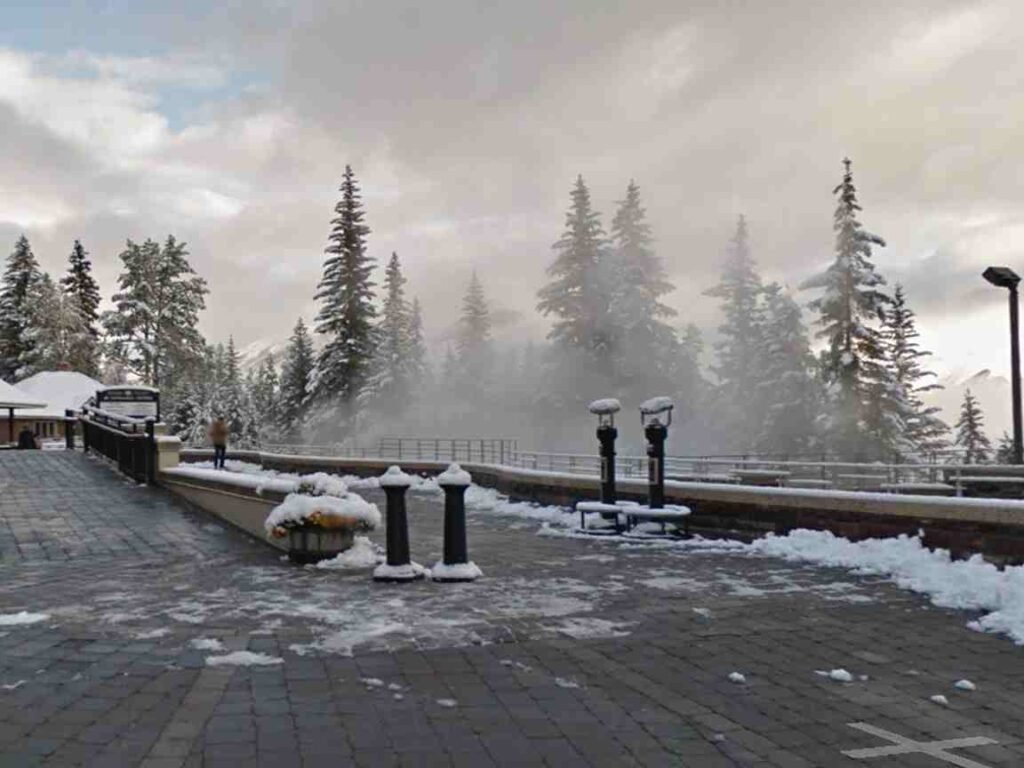
History of Banff Upper Hot Springs
The springs have a rich backstory that adds depth to your visit. Here’s a quick timeline of how they became the attraction they are today.
Historical Milestones
- 1883: Railway workers discover the springs, sparking interest.
- 1885: Canadian government reserves the area, birthing Banff National Park.
- 1886: First bathhouse and Grand View Villa built.
- 1931: Bathhouse declared a federal heritage site after a fire.
- 1932: Renovated bathhouse opens with modern upgrades.
- 1996: Latest major reno adds spa, café, and gift shop.
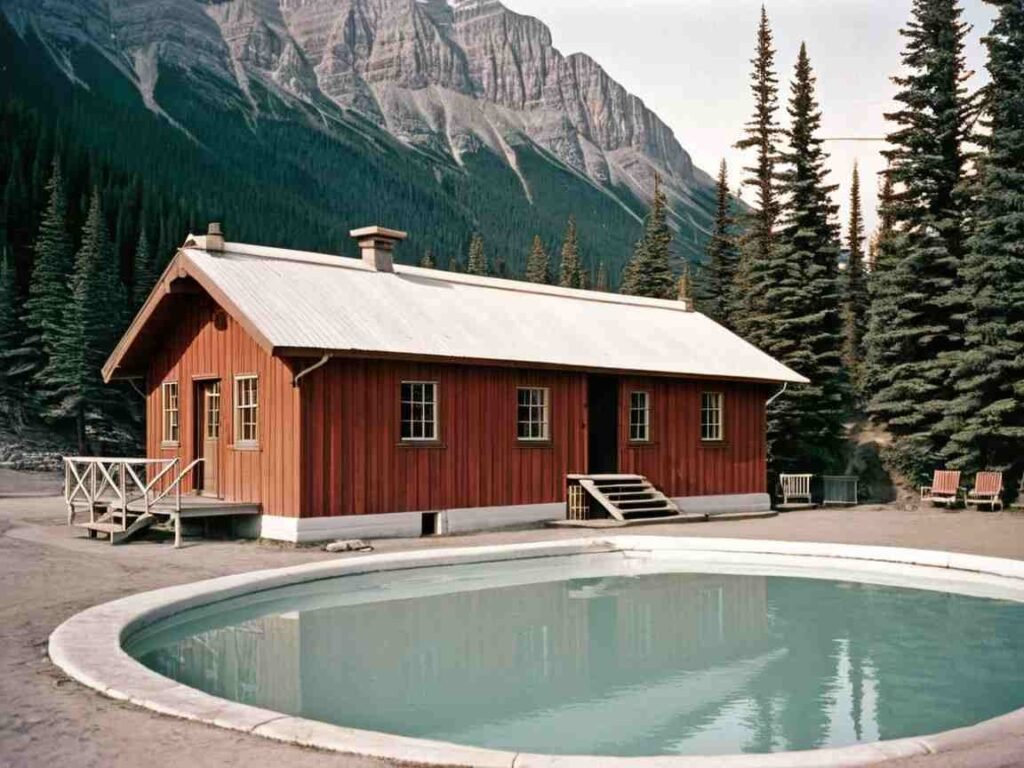
Accessibility at Banff Upper Hot Springs
The facility strives for inclusivity within its heritage constraints. Here’s how it accommodates different needs.
Accessibility Features
| Feature | Details |
|---|---|
| Wheelchair Access | Ramps to pool deck, accessible change rooms |
| Gender-Neutral Rooms | Available alongside men’s and women’s options |
| Staff Assistance | On-site help for navigation or questions |
| Pool Entry | Enclosed ramp for seamless water access |
Note: The steep walk from the bus stop might be tricky for some—call ahead if you need specific support.
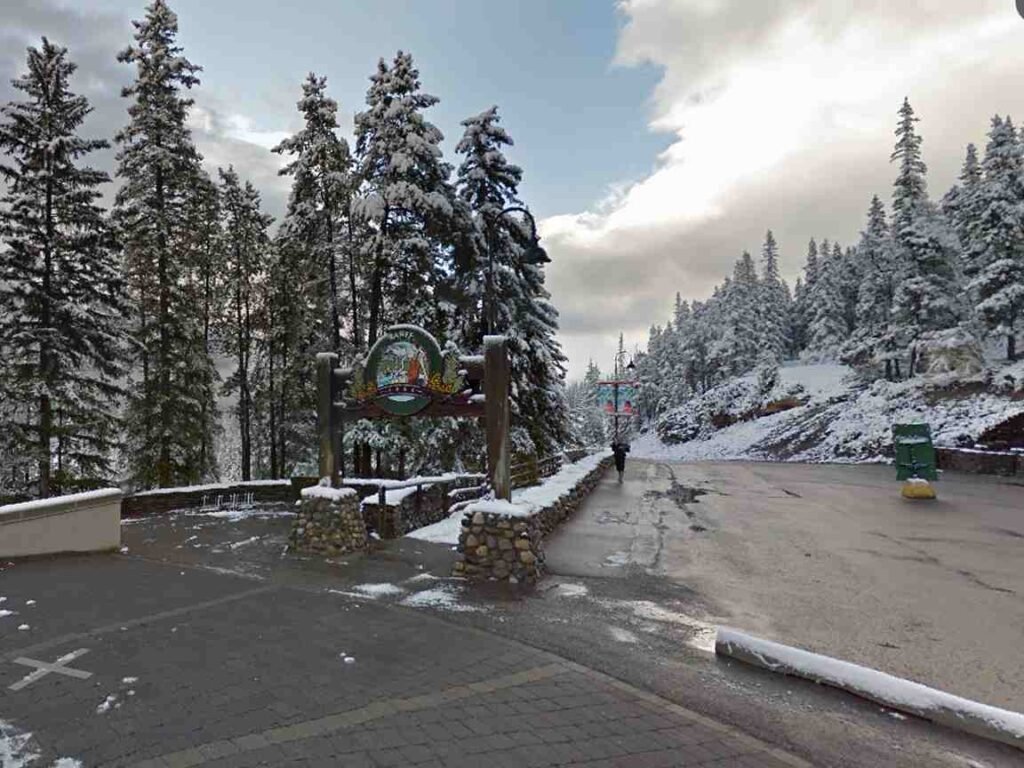
Nearby Attractions to Pair with Your Visit
Why stop at the hot springs? Banff is packed with nearby gems to round out your day.
Top 5 Attractions Near Banff Upper Hot Springs
- Sulphur Mountain Hike: Trails start near the parking lot—great for a pre-soak workout.
- Cave and Basin Historic Site: 5 km away, explore the original hot springs (no swimming).
- Banff Gondola: Ride up Sulphur Mountain for panoramic views.
- Bow Falls: A short drive to this scenic waterfall near downtown Banff.
- Fairmont Banff Springs: Iconic hotel with its own luxury spa vibes.
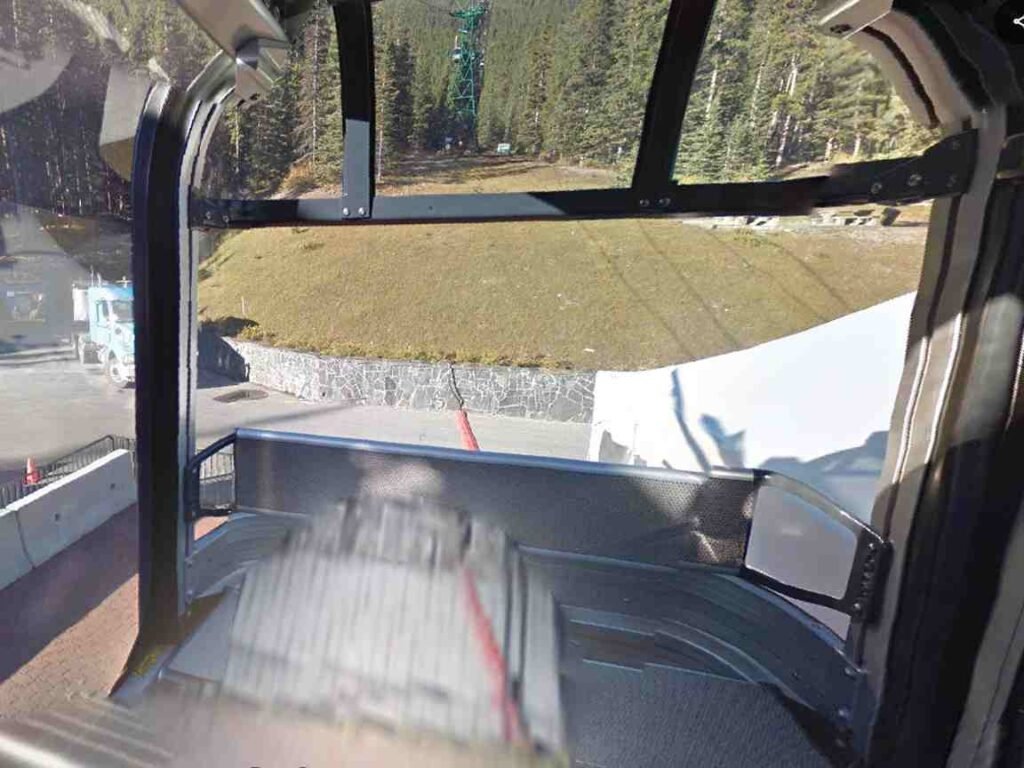
Tips for First-Time Visitors
First trips can feel overwhelming, so here’s some advice to keep it stress-free.
10 Practical Tips for a Great Visit
- Arrive Early: Beat the crowds and secure parking or a quieter soak.
- Check Water Temp: Posted at reception—good to know if you’re heat-sensitive.
- Use Transit: Skip the parking headache with ROAM Route 1.
- Bring Cash: Handy for rentals or small café purchases.
- Limit Your Soak: 1–2 hours is ideal to avoid overheating.
- Layer Up: Winter visits mean cold air outside the pool—dress accordingly.
- Rent a Vintage Suit: It’s a fun, cheap way to join the history.
- Visit Off-Peak: Spring or fall for fewer people, same great views.
- Combine Activities: Pair with a hike or gondola ride for a full day.
- Ask Staff: They’re friendly and full of local tips.
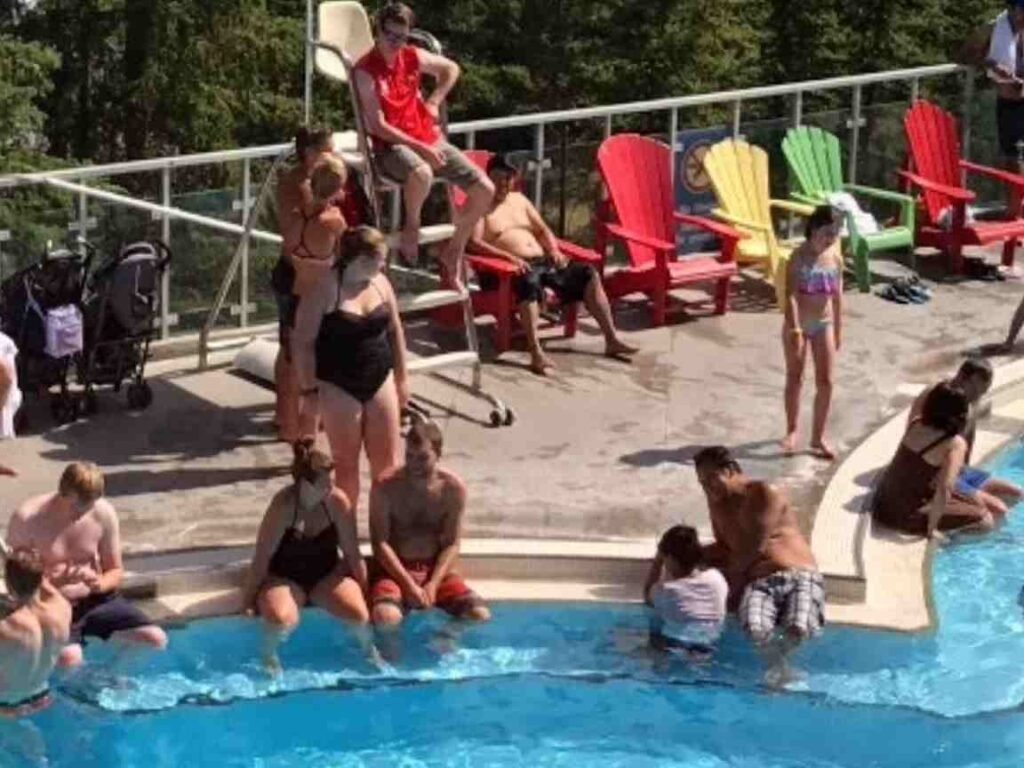
Environmental and Cultural Notes
The springs sit in a delicate ecosystem and hold cultural weight. Here’s what to keep in mind.
Key Facts
- Water Source: Flows naturally via the Sulphur Mountain Thrust Fault, supplemented by municipal water in low-flow winters.
- Indigenous Roots: Used by Indigenous Peoples long before 1883 discovery.
- Conservation: No Banff Springs snail here, unlike lower springs—respect the natural balance.
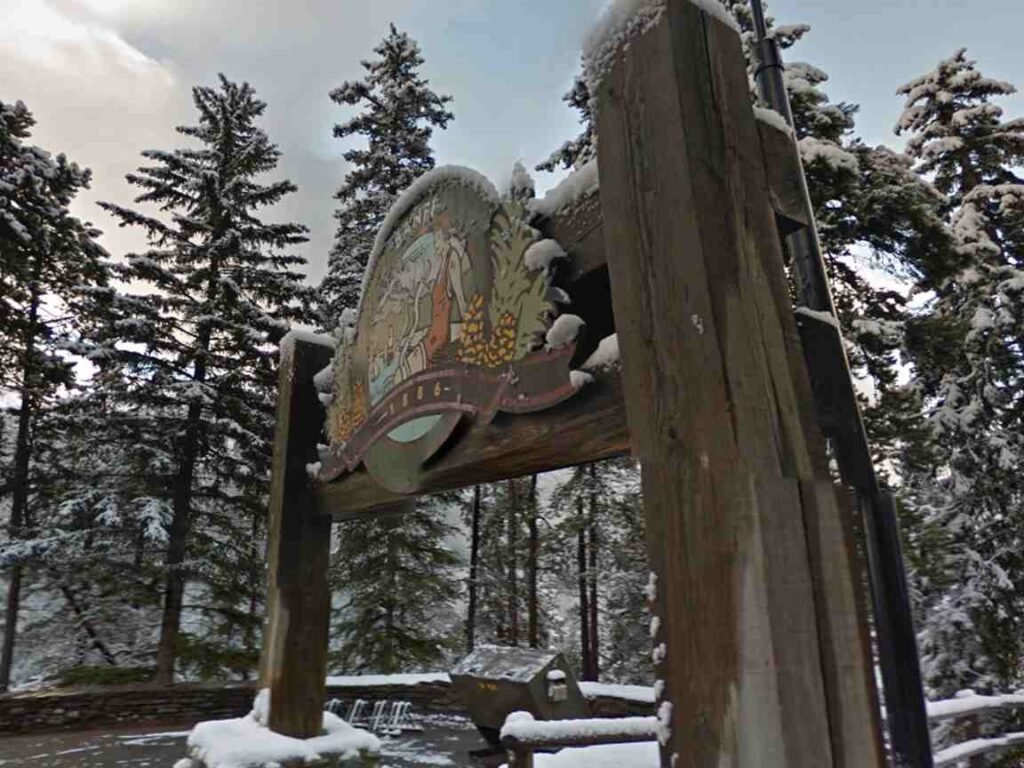
Final Thoughts on Banff Upper Hot Springs
The Banff Upper Hot Springs isn’t just a place to soak—it’s a slice of Canadian history, a natural marvel, and a perfect way to unwind in Banff National Park. Whether you’re chasing relaxation or a bucket-list moment, this guide covers all you need for a memorable visit. So, grab your swimsuit, hop on that bus, and dive into one of the Rockies’ best-kept treasures. Have you been? Let me know your favorite part in the comments—I’d love to hear!

